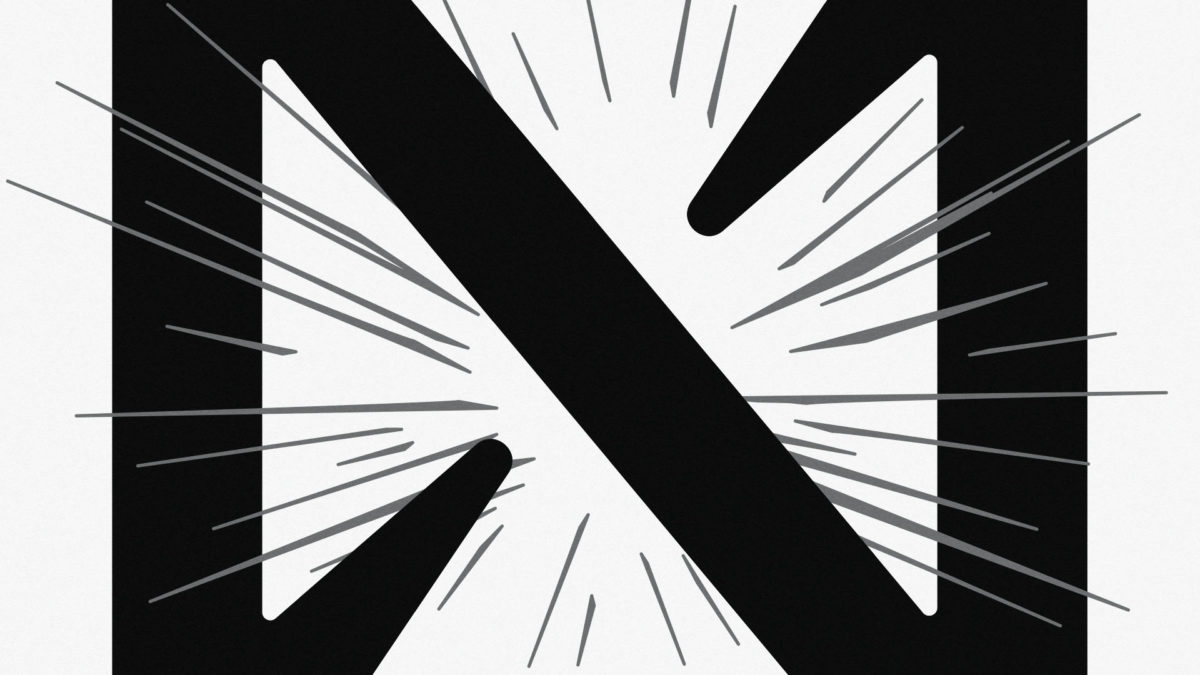NEAR’s TVL down bad after axing Terra-like USN stablecoin

Popular decentralized app platform NEAR is winding down its native USN stablecoin, citing a number of problems since its shift to a non-algorithmic, Tether-backed version.
USN launched in April as a virtual clone of Terra’s UST, which collapsed in spectacular fashion the following month.
In response, USN pivoted from its initial, partially-algorithmic design (and its offer of 20% returns) to being fully backed by Tether’s USDT. However, the volatility created in the wake of Terra’s collapse appears to have left a hole in USN’s backing.
USN’s issuer, the Decentral Bank, explains that the first iteration of the stablecoin was left with a shortfall of “approximately $10 million growing to $21 million as of now, considering that ~5 million NEAR were left in the reserves and kept falling in price.”
Presumably hoping for a market turnaround to pump the price of NEAR and restore collateralization, the Decentral Bank has eventually taken the decision to come clean and wind down the project.
Under the NEAR Foundation-funded “USN Protection Programme,” the minting of new USN has been paused and holders can redeem their tokens for a 1:1 amount of USDT.
Read more: Crypto investors sue Binance US over marketing Terra’s UST as ‘safe’
A summary of the program explains that the Decentral Bank, “confirmed that this was due to an initial algorithmic version of USN (v1), … that was susceptible to undercollateralization during extreme market conditions.” It also says that the “collateral gap of $40m USD is fully covered by the USN Protection Programme. This gap is fixed and not linked to the $NEAR token price in any way.”
A more detailed explainer describes “some double-minting of USN” as having exacerbated the undercollateralization problem.
Since the USN redemption program got underway yesterday, the total value locked (TVL) of the NEAR Protocol chain is down 46%, from almost $250 million yesterday to $113 million at the time of writing.
For more informed news, follow us on Twitter and Google News or listen to our investigative podcast Innovated: Blockchain City.
